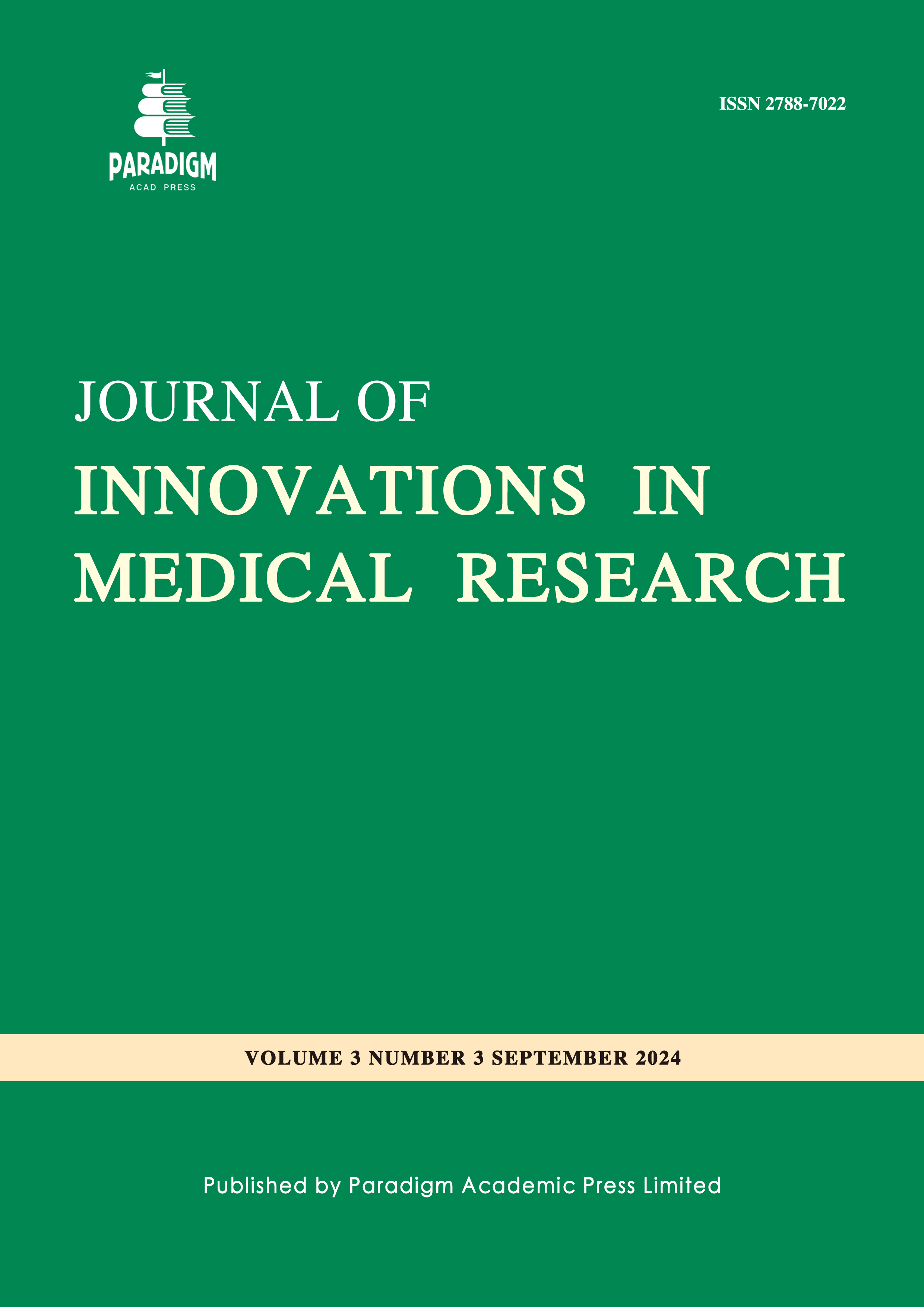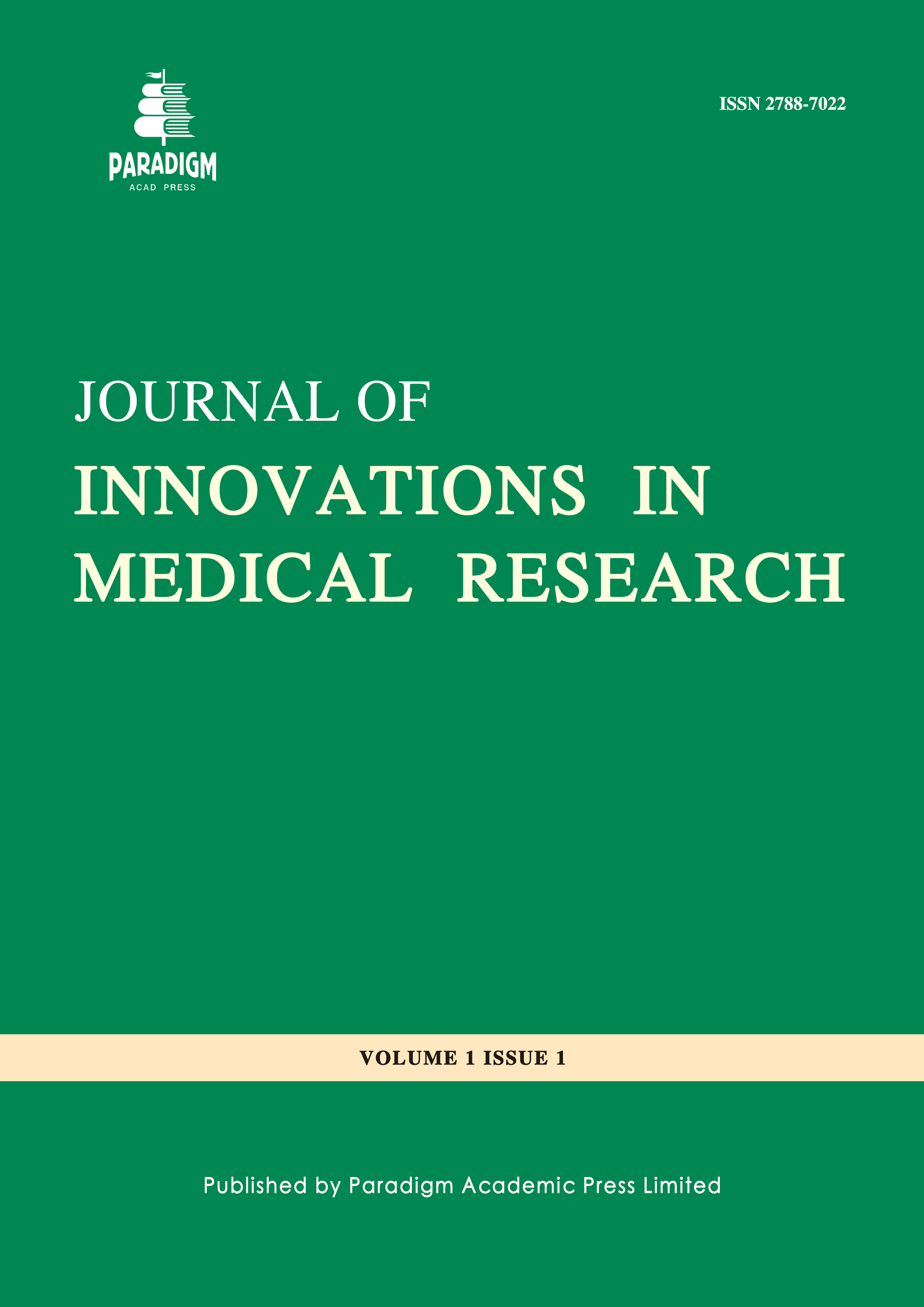Glucagon-Like Peptide-1 Receptor Agonist (GLP-1R): An Important Therapy to Treat Type 2 Diabetes
Keywords:
GLP-1R, DPP-4, incretin, T2DAbstract
The glucagon-like peptide-1 (GLP-1) is a multifaceted hormone, and it has the ability to decrease blood sugar levels in a glucose-dependent nature to increase the secretion of insulin, and consequently, it reduces hyperglycaemia in T2D. GLP-1 has a half-life of about 1.5 minutes and is rapidly proteolytic degraded by dipeptidyl peptidase-4 (DPP-4). But GLP-1 receptor agonist (GLP-1R) works like GLP-1 but last much longer. GLP-1R control glycemia via glucose-dependent mechanisms of action and promote weight loss in obese and diabetic individuals. It also suppresses inappropriately elevated glucagon levels, both in fasting and postprandial states, slows gastric emptying, and decreases appetite. It reduces glycosylated hemoglobin (HbA1c) and fasting plasma glucose levels. It is associated with weight loss, and reductions in blood pressure with a low risk of hypoglycaemia. It is generally recommended as second- and third-line therapy for T2D. In this study an attempt has been taken to discuss aspects of GLP-1R in briefly.



